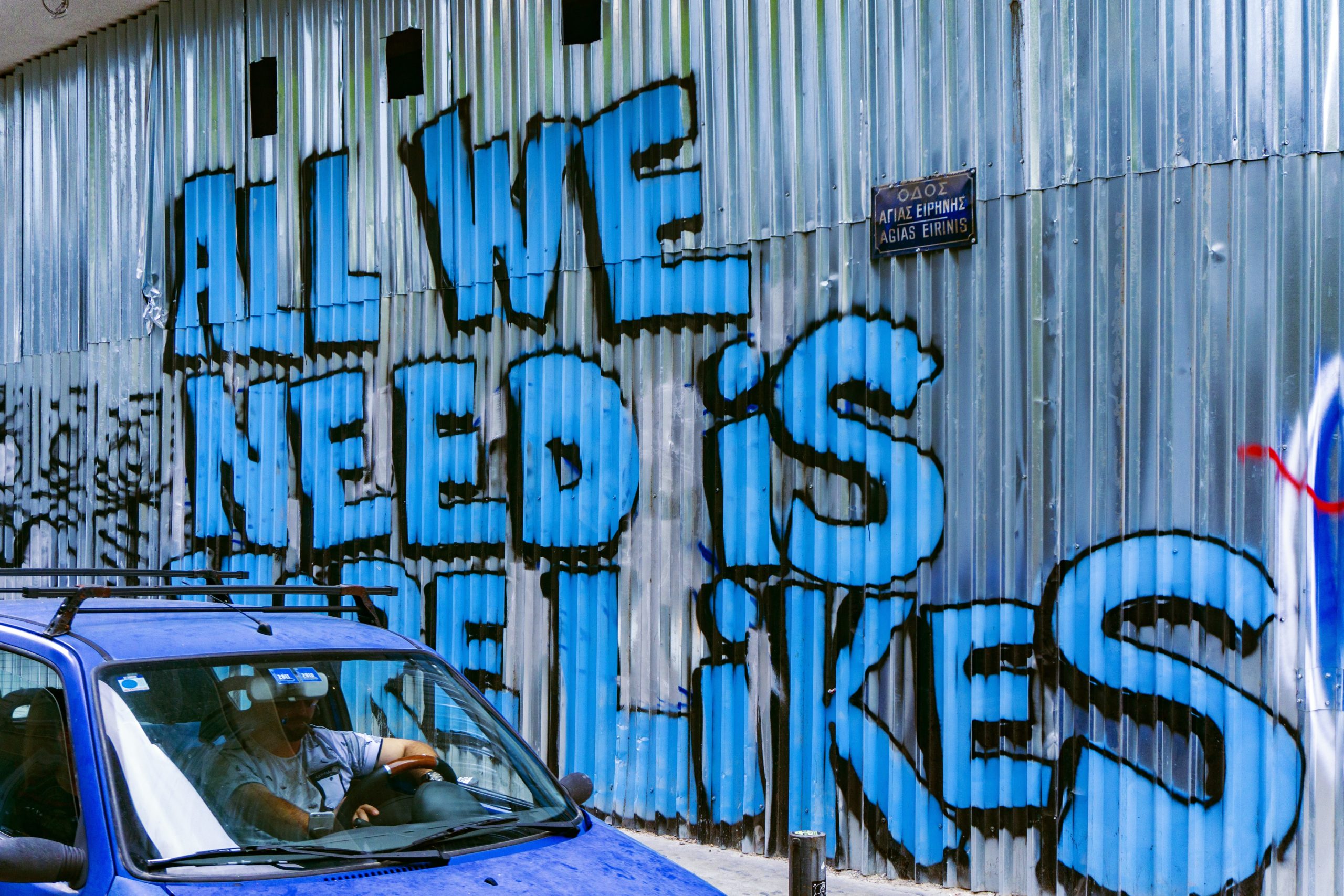
Rebrand with Your Brand Equity Intact

Rebranding is risky! Be careful! Ever notice that so many brands disappear right after they’re acquired? It’s because the acquirers thought they could do whatever they want with the brand—they thought they “owned” it.
Perhaps the new acquisition is just another label to them, or maybe a new outlet for their raw materials. Or, maybe they wanted a blank slate for their marketing team to redesign. Maybe they wanted it to feel like their other brands. Whatever the reason may be, the brand they acquired was, and is, owned by the customers! This makes the acquirer more of a brand representative than a brand owner.
Serious changes to the catchphrase, logo, packaging, or positioning can diminish the brand’s equity the acquirers thought they purchased. Why? Ultimately, because brand equity is customer loyalty. The brand isn’t strong enough to keep its present customers through any changes that dissatisfy them. It’s delicate, and it’s risky to mess with.
When the brand’s customer base feels a significant change, they become suspicious. The brand’s perception of authenticity and entrepreneurial look may have kept them faithful. It could’ve been the reliable positioning and familiarity that kept them coming back. It was their brand, but someone has “degraded” and “ruined” it, giving a friendly, original label a boring, “corporate” look.
When it comes to rebranding, we recommend evolution, not revolution! Be cautious as to not drop your supporters and customers along the way. Keep in mind, consumers don’t want to shop for new brands. They are only so faithful and forgiving because finding a new brand leads to uncertainty, anxiety, and potential disappointment. So, take it slow. Be patient. Rebranding while keeping your customers is an art. You need a sharp sensitivity to your consumer’s concerns—those who actually own the brand.
What do devoted customers expect the brand to look like? What do they think it represents? What do they expect quality, price, and status to be like? What kinds of changes will lead to suspicion, doubt, and loss of trust? Get this all figured out first! Unless you want to rebuild your customer base from scratch, you may not have the privilege of making big, drastic changes. We like to say, “Competition doesn’t kill brands. Self-inflicted wounds do!” Rebranding an already-established brand, especially when it comes to larger corporations, can be a death sentence.
One of the most frequent errors we’ve seen in rebranding is corporate standardization—for standardization’s sake. It makes things easier for the corporation (as if that’s a real reason to disappoint the customer). Quality ques are the first to go. The use of pricier treatments and inks in labels, like silver and gold, are eliminated. The logo comes next. It’s usually simplified into a version with less color, character, and individuality. It is now apparent to the customer that this is just part of a wide range of brands owned by a giant corporation, not an entrepreneur’s only brand. To the customer, the brand is losing its individuality and even breaking its promise.
After rebranding, there’s always discussion in the press about whether the new or old brand is better. But we think successful rebranding should be delicately phased—there is no debate because the change was so gradual that nobody even noticed. Of course, being noticed is the fundamental goal of rebranding. Drastic changes will be noticed alright—Just be prepared to rebuild when you rebrand!
For more, read on: http://csnetworkadvis.staging.wpengine.com/advisor/michael-houlihan-and-bonnie-harvey/
Preserve Founders Legacy through Story Performed by Actors with Sound Effects and Music
DOES YOUR HISTORY, FOUNDING SPIRIT, & GUIDING PRINCIPLES GET LOST OVER TIME?
Does your growth result in specialization, turf battles, corporate malaise, costly employee turnover, and lack of engagement and loss of the big picture?
"Any company that works intentionally on their culture will like this product for on-boarding."
-Bill Higgs, Host, Culture Code Champions Podcast
"TRANSFORMATIONAL ! Tremendous potential for CEO's to tell their story in a new way!"
-Robert Reiss, Forbes Magazine
After building & selling the famous Barefoot Wine Brand and writing the NYT's Bestseller, The Barefoot Spirit, used in 60 schools of entrepreneurship, and after a decade of being trusted advisors to startups, buildups, and buildouts, Michael Houlihan & Bonnie Harvey have developed Business Audio Theatre. As workplace culture experts, they believe the best way to increase engagement and reduce turnover is through story. They believe the best way to convey business story is through audio theatre provided to new employees on day one. Identification with the founders, their story, and their principles is the basis for identification. Identification is the basis for engagement. Engagement is the basis for longevity. Find out more!
Watch C-Suite TV Interview with Taryn Winter Brill:
Listen to The Barefoot Spirit from the C-Suite Library
Call: 707-484-1600
EMAIL: Sales@TheBarefootSpirit.com
Michael & Bonnie in Action:
1.5 minute: https://barefootspirit.wistia.com/medias/svuthvx4uy
2.5 minute: https://barefootspirit.wistia.com/medias/q1t21okz9f
3 minute: https://barefootspirit.wistia.com/medias/8y5btoyfrw
10 minute: https://barefootspirit.wistia.com/medias/8crj4p1hg9
|Welcome to Business Audio Theatre the Most Effective Onboarding Tool to Reduce Turnover and Increase Engagement
Preserve Founders Legacy through Story Performed by Actors with Sound Effects and Music
DOES YOUR HISTORY, FOUNDING SPIRIT, & GUIDING PRINCIPLES GET LOST OVER TIME?
Does your growth result in specialization, turf battles, corporate malaise, costly employee turnover, and lack of engagement and loss of the big picture?
"Any company that works intentionally on their culture will like this product for on-boarding."
-Bill Higgs, Host, Culture Code Champions Podcast
"TRANSFORMATIONAL ! Tremendous potential for CEO's to tell their story in a new way!"
-Robert Reiss, Forbes Magazine
After building & selling the famous Barefoot Wine Brand and writing the NYT's Bestseller, The Barefoot Spirit, used in 60 schools of entrepreneurship, and after a decade of being trusted advisors to startups, buildups, and buildouts, Michael Houlihan & Bonnie Harvey have developed Business Audio Theatre. As workplace culture experts, they believe the best way to increase engagement and reduce turnover is through story. They believe the best way to convey business story is through audio theatre provided to new employees on day one. Identification with the founders, their story, and their principles is the basis for identification. Identification is the basis for engagement. Engagement is the basis for longevity. Find out more!
Watch C-Suite TV Interview with Taryn Winter Brill:
Listen to The Barefoot Spirit from the C-Suite Library
Call: 707-484-1600
EMAIL: Sales@TheBarefootSpirit.com
Michael & Bonnie in Action:
1.5 minute: https://barefootspirit.wistia.com/medias/svuthvx4uy
2.5 minute: https://barefootspirit.wistia.com/medias/q1t21okz9f
3 minute: https://barefootspirit.wistia.com/medias/8y5btoyfrw
10 minute: https://barefootspirit.wistia.com/medias/8crj4p1hg9
|Welcome to Business Audio Theatre the Most Effective Onboarding Tool to Reduce Turnover and Increase Engagement
Preserve Founders Legacy through Story Performed by Actors with Sound Effects and Music
DOES YOUR HISTORY, FOUNDING SPIRIT, & GUIDING PRINCIPLES GET LOST OVER TIME?
Does your growth result in specialization, turf battles, corporate malaise, costly employee turnover, and lack of engagement and loss of the big picture?
"Any company that works intentionally on their culture will like this product for on-boarding."
-Bill Higgs, Host, Culture Code Champions Podcast
"TRANSFORMATIONAL ! Tremendous potential for CEO's to tell their story in a new way!"
-Robert Reiss, Forbes Magazine
After building & selling the famous Barefoot Wine Brand and writing the NYT's Bestseller, The Barefoot Spirit, used in 60 schools of entrepreneurship, and after a decade of being trusted advisors to startups, buildups, and buildouts, Michael Houlihan & Bonnie Harvey have developed Business Audio Theatre. As workplace culture experts, they believe the best way to increase engagement and reduce turnover is through story. They believe the best way to convey business story is through audio theatre provided to new employees on day one. Identification with the founders, their story, and their principles is the basis for identification. Identification is the basis for engagement. Engagement is the basis for longevity. Find out more!
Watch C-Suite TV Interview with Taryn Winter Brill:
Listen to The Barefoot Spirit from the C-Suite Library
Call: 707-484-1600
EMAIL: Sales@TheBarefootSpirit.com
Michael & Bonnie in Action:
1.5 minute: https://barefootspirit.wistia.com/medias/svuthvx4uy
2.5 minute: https://barefootspirit.wistia.com/medias/q1t21okz9f
3 minute: https://barefootspirit.wistia.com/medias/8y5btoyfrw
10 minute: https://barefootspirit.wistia.com/medias/8crj4p1hg9
- Tell Your Story With an Experienced and Award-Winning Team - December 10, 2020
- The Romance of the Wine Business – Not! - November 19, 2020
- Do a Re-Take on Your Miss-Take - October 23, 2020







